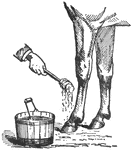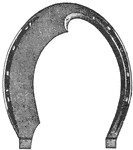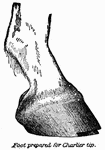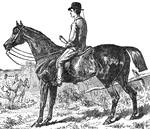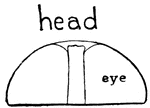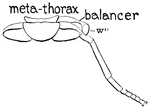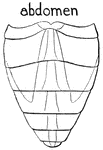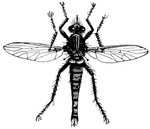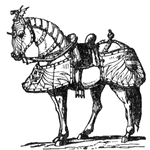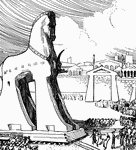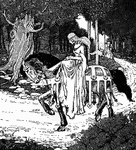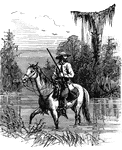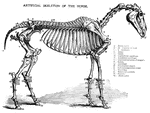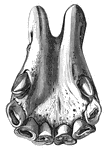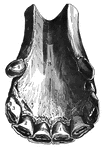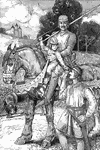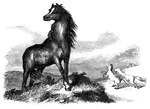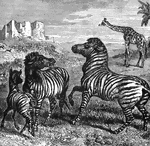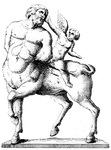
Horse Fly
The horse fly has but one pair of developed wings, the second pair being represented by a pair of balancers:…
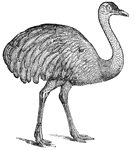
Ostrich
This south American ostrich can not fly, the wings being small; but it is a swift runner, equaling a…
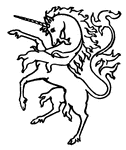
Unicorn
The unicorn is a mythological creature usually depicted as a white horse with a slender horn atop its…

Hippopotamus
The Hippopotamus is the river horse of Africa, a genus of a family of ungulates, which contains only…
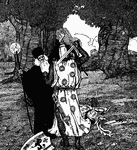
Merlin Saves Arthur
Arthur is about to be slain by the great Knight Pellinore but as he raises his sword against Arthur,…
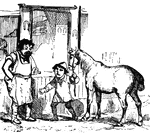
John Smith
Is John Smith within? Yes, that is he. Can he set a shoe? Ay, marry, two. Here a nail, there a nail,…

Battle at Potomac
"Engagement between the Federal troops and the Confederates on the Virginia side of the Potomac, opposite…

Michael Corcoran
"General Michael Corcoran, born in Carrowkeel, County Sligo, Ireland, September 21st, 1827, died near…
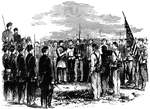
Seventy-ninth Regiment
"Taking away the colors of the Seventy-ninth New York Regiment for insubordination and mutiny, Washington,…

Battle of Mill Spring
"Battle of Mill Spring, on the Cumberland River, near Jamestown, between a confederate force, 8,000…

Fox Hound
"A cross between an old english hound and the greyhound. It is from twenty-two inches to two feet in…
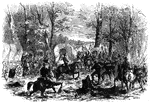
Lick Creek Bottom
"Advance of Federal troops on Corinth- the Carnival of Mud- scene at Lick Creek Bottom, between Pittsburg…

Little Pony
I had a little pony; They called him dapple-grey. I lent him to a lady, To ride a mile away.
